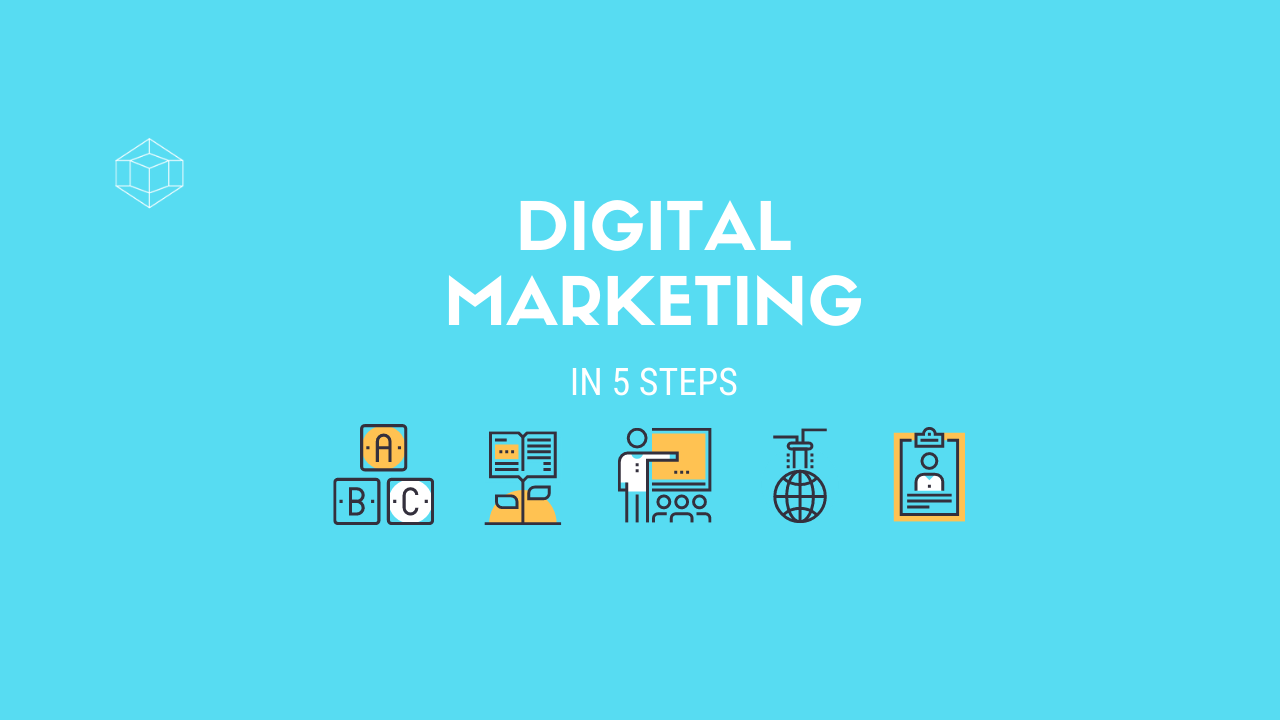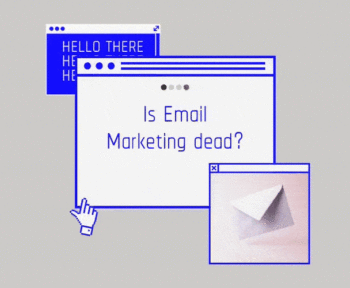
Learn how to remain relevant in an environment where every conversion counts.
The Digital Marketing landscape is more competitive than ever. As the Digital Marketing landscape continues to transform and evolve at a rapid pace, it´s important to understand the latest industry developments and cut through the noise, creating personalised, omnichannel campaigns, and strategies.
Understand the process
In an environment where every conversion counts, a great way to remain relevant and follow marketing trends is to closely monitor marketing statistics. Understanding the process, adapting content and strategy, and optimising as you go are also key elements to a successful marketing campaign.
“76% of people think marketing has changed more in the past two years than it did over the previous fifty”
– The Adobe 2016 Digital Trends Report
A potentially harming triple threat
But are marketers confident about their efforts? Data shows that only 61% of marketers believe their marketing strategy is effective (Hubspot). And, even though many of them doubt their strategies, they’re still pouring massive spend into digital advertising. This can be time-consuming, expensive, and leave campaign success and results at risk. A potentially harming triple threat no marketer wants to deal with.

To help put things into context for your next Digital Marketing campaign, here’s a breakdown of Digital Marketing’s five key steps for success. Along with data from successful case studies, highlighting best practices that you can apply in your strategies.

1. Define a target audience
Targeting the right market is one of the marketer’s most important tasks. It’s the foundation of all elements of your marketing strategy. Your task in defining your target group is to identify and understand your particular niche so you can dominate it.
The data:
By driving traffic from high-quality content sources, like editorial content from media outlets, Huggies, a leading global diaper brand, created an audience who was highly engaged. The results? 20x more website visitors and -15% bounce rate.

2. Create Remarkable Content
Content is still king! Now that you have your target audience in sight, it’s time to focus on content. Choosing the right content to spread your message is essential to get your audience’s attention. It’s important to focus on the most popular formats, create content that matters and be disruptive, so your brand can stand out.
The data:
By using video content to serve as a lifeline for customers, Tiger Fitness, an online nutritional retailer, achieved a 60% returning customer rate with video content marketing. The YouTube content was focused on training videos, educational videos, and product reviews.

3. Build an email list
Timing is everything — especially when it comes to doing business. Yes, you might have the right audience and the right content, but your audience may not have the time or budget to do business with you right away. The best strategy is to build an e-mail list you can nurture until your audience is ready to convert into leads and sales.
The data:
By adding eight more ways for people to sign up for their list, Buffer, a software application designed to manage accounts in social networks, increased monthly email signups by 130%. The new e-mail signup sources consisted of Twitter, Facebook, SlideShare, Homepage and Sidebar widgets, and postscript, among others.

4. Make sales
The ultimate end goal is to sell. But don’t forget the best product and services still need a show of emotion to satisfy your customer’s needs. Combine all the above, add a personal touch, and grow a community to ultimately convert, make sales, and turn leads into customers.
The data
Researchers Hong Sheng and Tanvi Joginapelly found out that websites with a stronger emotional impact produced a greater intent to buy.

5. Measure, Optimize, Repeat
When all is “said and done”, there’s still plenty of measurement to do! By analysing and optimising your strategies you gain helpful insight regarding audiences, content, and the sale process. It’s an on-going task and an essential tool to achieve the return of investment.




